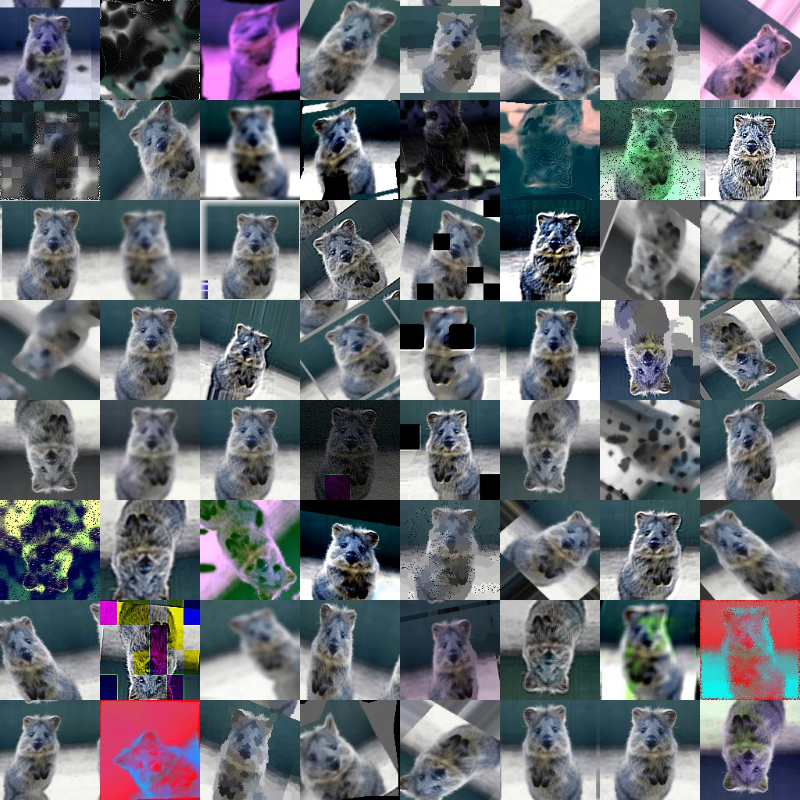Data augmentation is the idea that one image can be altered or corrupted to encourage deep learning techniques to generalize for the objective, rather than focusing on single features. In this section, we'll show a simple script for applying different augmentations.
The imgaug library is commonly used in deep learning research and this figure demonstrates a subset of available augmentations in this free-to-use library:

Data augmentation is a cornerstone of deep learning data analysis. Each project needs to understand how data augmentation can improve their project. Why would you choose to include data augmentation in your project? In images, it's easy to understand. By augmenting your data—think flipping, noise, and so on—you are essentially forcing the algorithm to understand the content of the image without memorizing or keying in on singular features. With the advent of deep learners, it's now possible for discriminative modeling techniques to memorize entire...



